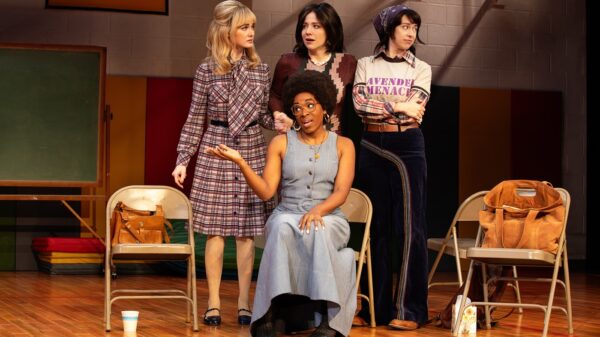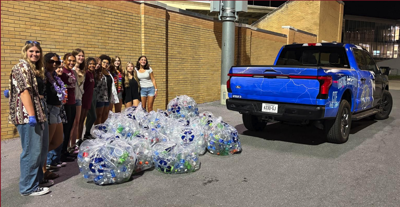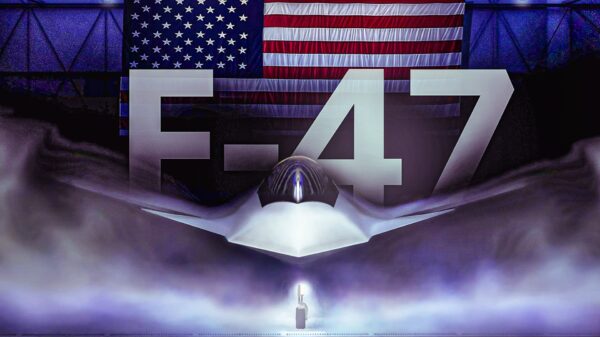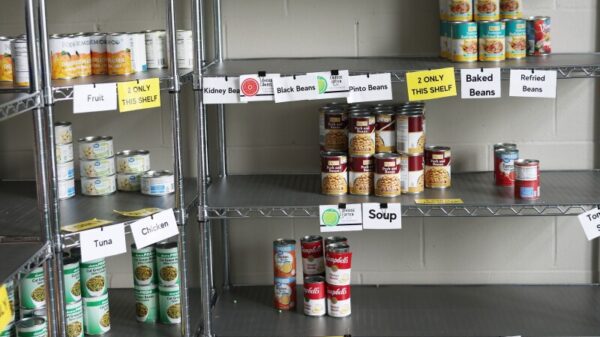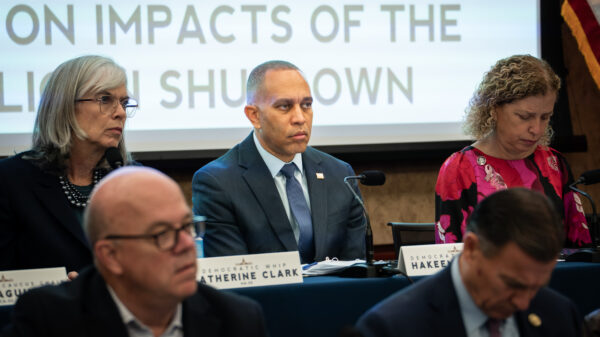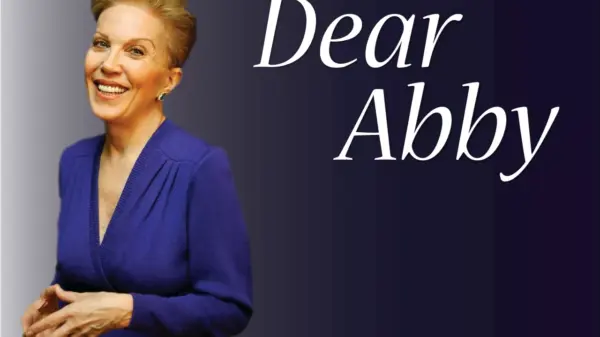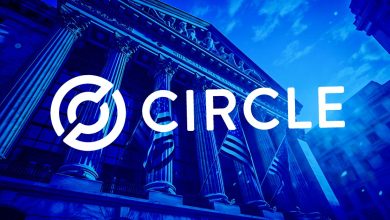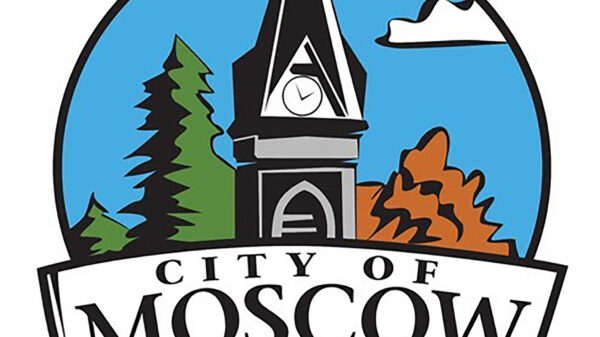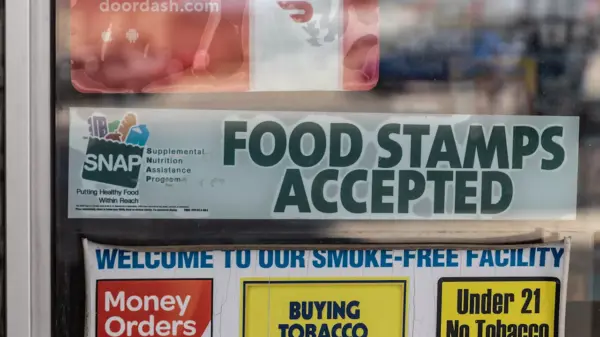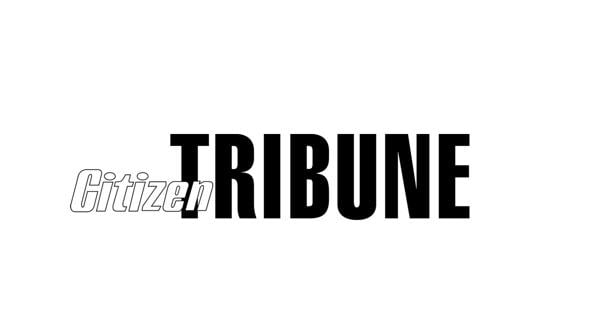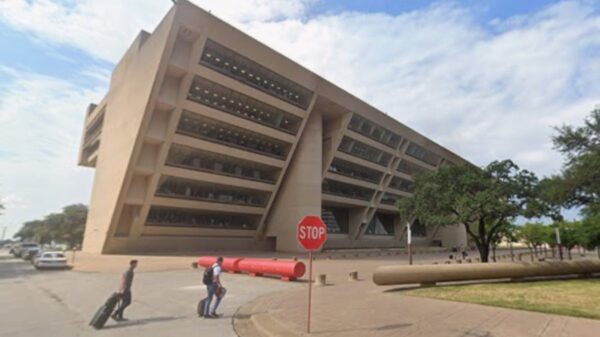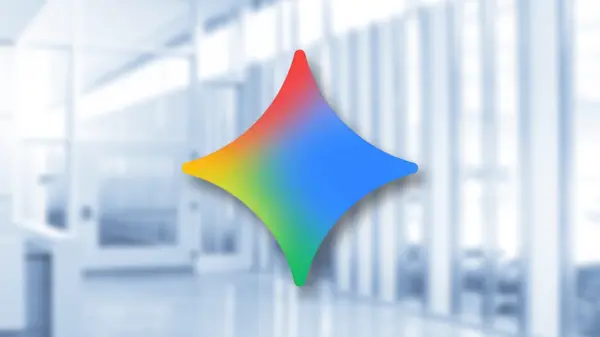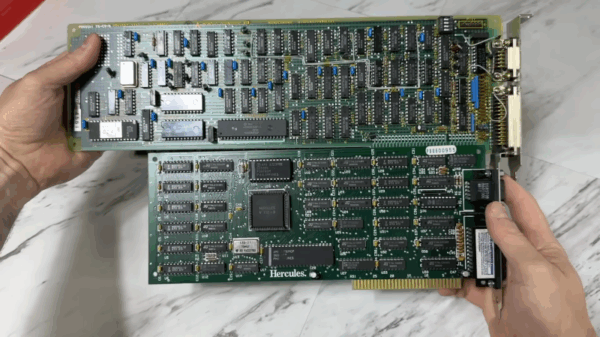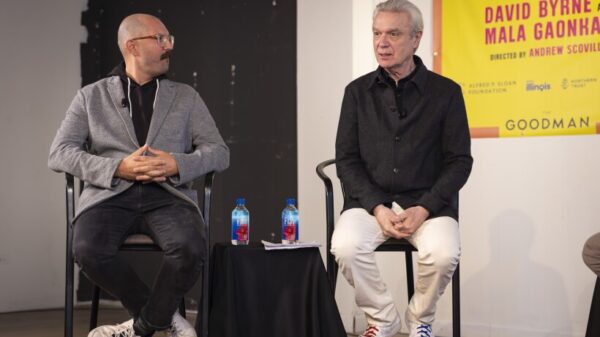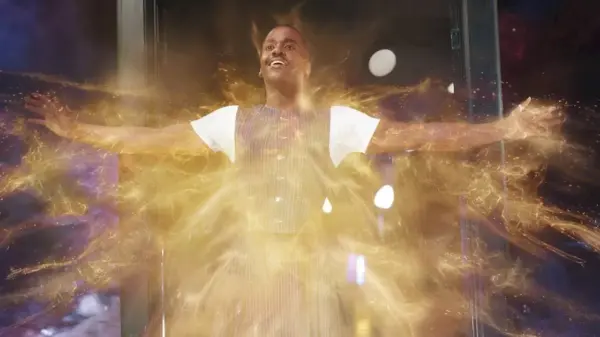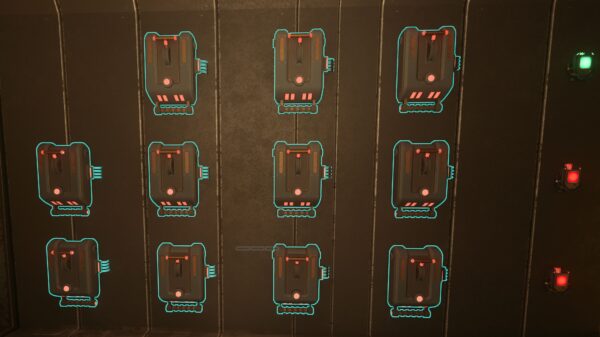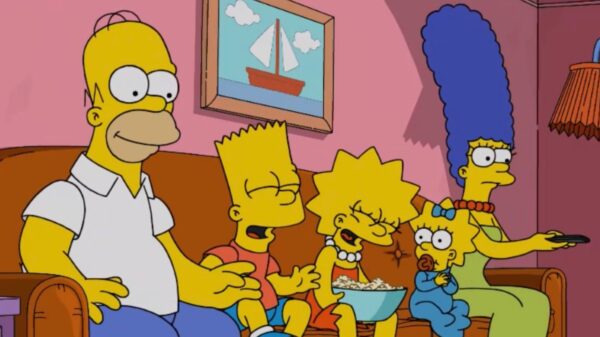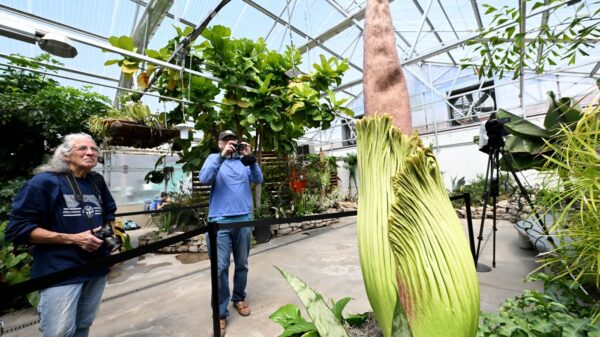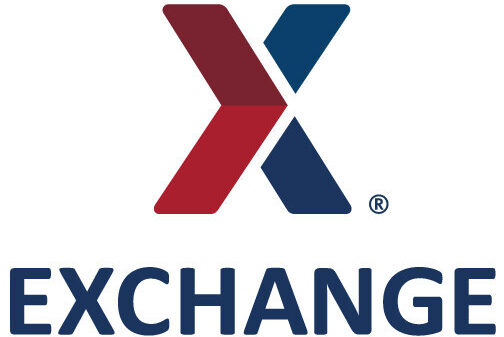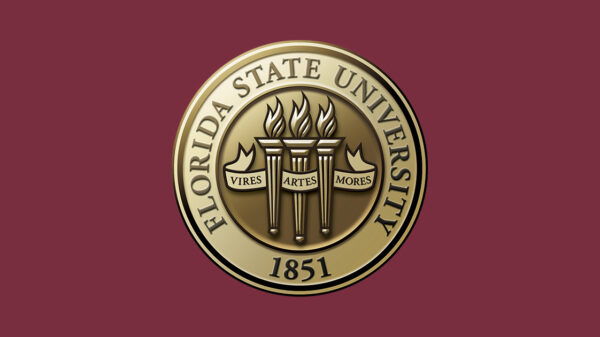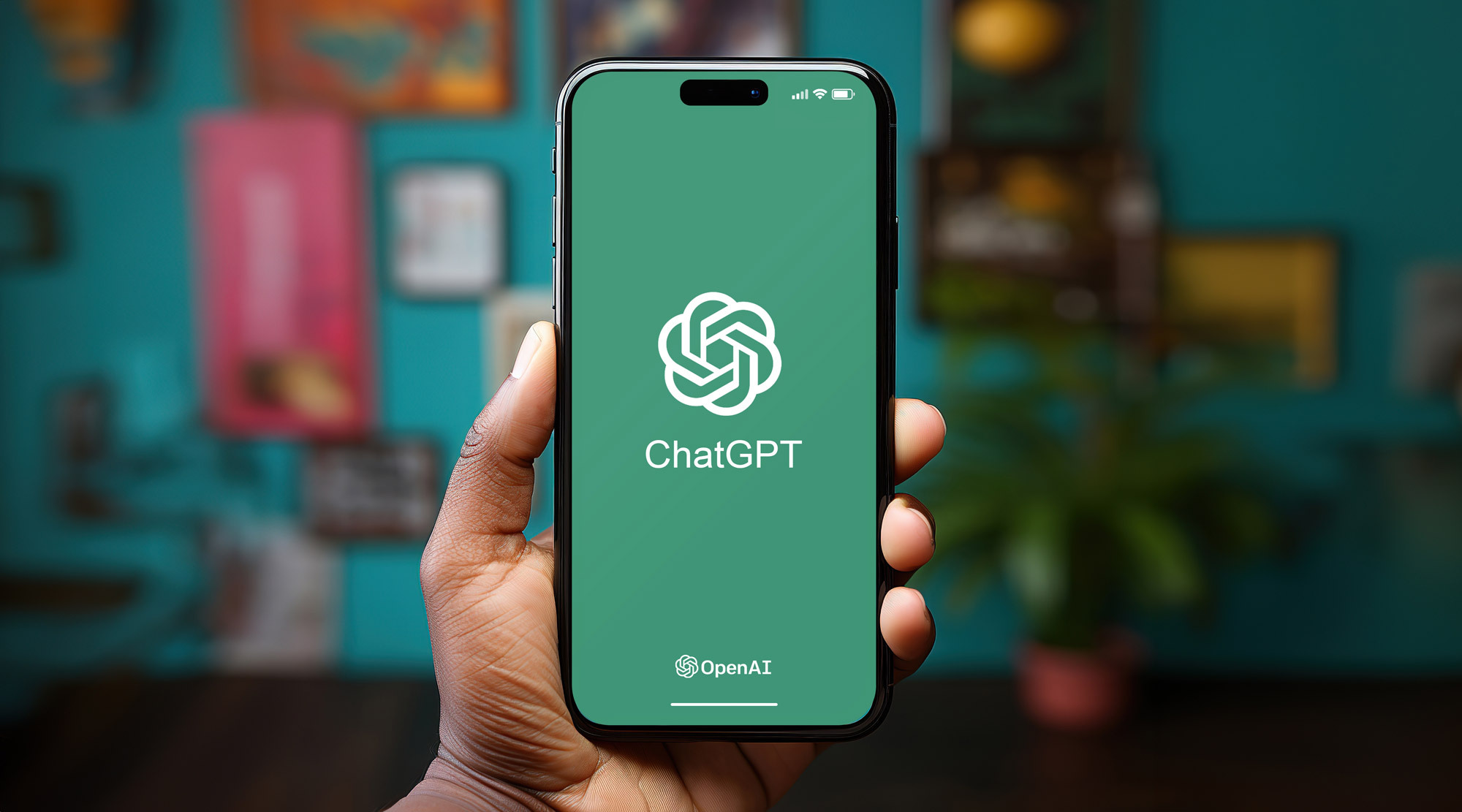I use AI every day for nearly everything. From planning my schedule to brainstorming ideas, fixing the taillight on my Jeep, and even acting as my therapist in a pinch, ChatGPT and other chatbots have become integral to my life. I’ve used AI to research my family history, launch a side hustle, and, despite every disclaimer, for medical advice and financial insights. In fact, I’ve shared things with chatbots that, in hindsight, were too personal or may have risked my privacy. At this point, ChatGPT probably knows more about me than some of my friends do.
AI has made many aspects of life easier. It saves time, simplifies research, and aids in decision-making. I find it particularly useful for parenting, learning, and enhancing productivity. However, there’s one area where I draw the line: creative advice.
Why Creativity Remains a Human Domain
Merriam-Webster defines creativity as “the ability to make or otherwise bring into existence something new.” This newness, the human spark, the instinct to push boundaries, surprise people, or break form entirely, is something AI simply doesn’t possess. ChatGPT can remix, reframe, and generate outputs that appear creative, but they are always grounded in existing data. It’s not creating something new; it’s recombining what’s already out there.
Don’t get me wrong: ChatGPT can be incredibly helpful in the creative process. I use tools like ChatGPT and Gemini Canvas to help edit my work, smooth out clunky transitions, and even provide feedback on flow or tone. Sometimes I’ll paste in a paragraph and say, “Does this sound too repetitive?” or “Give me five punchier ways to say this,” and the AI delivers. It’s like having a helpful writing assistant who works instantly and never complains about my OCD.
The Difference Between Assisting and Driving Creativity
When I’m working on a novel, developing a character arc, or trying to write a scene that taps into something deeply emotional or unexpected, I don’t want AI’s help. That’s the part I guard fiercely. I want the choices to be mine; the risks, the weirdness, the vulnerability, the voice. That’s the stuff AI can’t replicate, because it can’t truly feel, experience, or imagine the way humans do.
“Even when AI outputs something impressive, there’s often a flatness to it. The ideas are clean, the rhythm is passable, but the soul is missing.”
The more I lean on AI in the early creative stages, the more I feel like I’m losing my own voice. AI lacks the ability to surprise me, and it’s that element of surprise that often leads to the most innovative ideas.
AI’s Role in Everyday Life
Despite my reservations about using AI for creative advice, I continue to rely on it for everything else. It helps me think faster, get organized, polish drafts, and fact-check odd queries like “What’s the fastest way to defrost a roast?” or “Does this look like a popped blood vessel in my eye?” after uploading an image. For these tasks, AI is invaluable.
However, when it comes to creativity—the kind that pulls from emotion, memory, risk, and human intuition—I’ll keep that between me and the blinking cursor. For now, and maybe (hopefully) forever, that part stays human.
Looking Ahead: The Future of AI in Creativity
The ongoing evolution of AI technology raises questions about its potential role in creative fields. While AI can assist in many ways, the core of creativity—rooted in human experience and emotion—remains an area where machines fall short. Experts in AI and creativity suggest that while AI can augment human creativity, it is unlikely to replace the nuanced and deeply personal nature of human artistic expression.
As AI continues to develop, it will be crucial to maintain a balance, using technology to enhance, rather than replace, the unique capabilities of the human mind. The future may see AI as a collaborator in creative processes, but the human touch will likely remain irreplaceable.
For now, I embrace AI for its strengths and keep the creative reins firmly in human hands.


